Choosing the right lighting for your factory is a critical decision that impacts productivity, safety, and energy costs. LED high bay factory lights have revolutionized industrial illumination, offering superior performance and efficiency.
At PacLights, we understand the unique lighting challenges faced by various industrial settings. This guide will help you navigate the selection process, ensuring you find the perfect LED high bay solution for your specific needs.
What Are LED High Bay Lights?
Definition and Purpose
LED high bay lights are powerful, energy-efficient lighting fixtures designed to illuminate large, high-ceiling spaces. These lights provide bright, uniform illumination from heights of 20 feet or more, making them ideal for factories, warehouses, and manufacturing facilities.
The Evolution of Industrial Lighting
Traditional high bay lighting relied on metal halide or high-pressure sodium lamps. LED technology has revolutionized industrial lighting. LED high bay lights offer superior light quality, energy efficiency, and longevity compared to their predecessors. A typical LED high bay can last up to 100,000 hours, significantly outlasting the 15,000-20,000 hour lifespan of metal halide lamps.
Energy Efficiency and Cost Savings
LED high bay lights excel in energy efficiency. LEDs convert a higher percentage of energy into light, rather than heat. This efficiency translates to substantial cost savings. LED lighting can provide updated predictions of market penetration and energy savings compared to conventional lighting sources.
Enhanced Light Quality and Safety
LED high bay lights provide superior light quality, which is essential for industrial settings. They offer high Color Rendering Index (CRI) ratings (typically above 80), which allows for better color accuracy and detail visibility. This improved visibility can significantly enhance workplace safety and productivity. A study by the National Institute for Occupational Safety and Health found that proper lighting can reduce workplace accidents by up to 60%.
Key Features to Consider
When selecting LED high bay lights, several key features should be considered:
- Lumen Output: This measures the total amount of light emitted. For industrial spaces, fixtures that provide between 15,000 to 40,000 lumens are recommended (depending on ceiling height and space requirements).
- Efficacy: This is measured in lumens per watt (LPW). High-quality LED high bays should offer at least 130 LPW, with some premium models reaching up to 160 LPW.
- Color Temperature: For most industrial applications, a cool white light (5000K-6500K) is preferred as it promotes alertness and mimics daylight.
- IP Rating: In dusty or humid environments, fixtures with an IP65 rating or higher ensure durability and longevity.
- Beam Angle: Wide beam angles (120° or more) suit general lighting, while narrower beams work better for task-specific lighting.
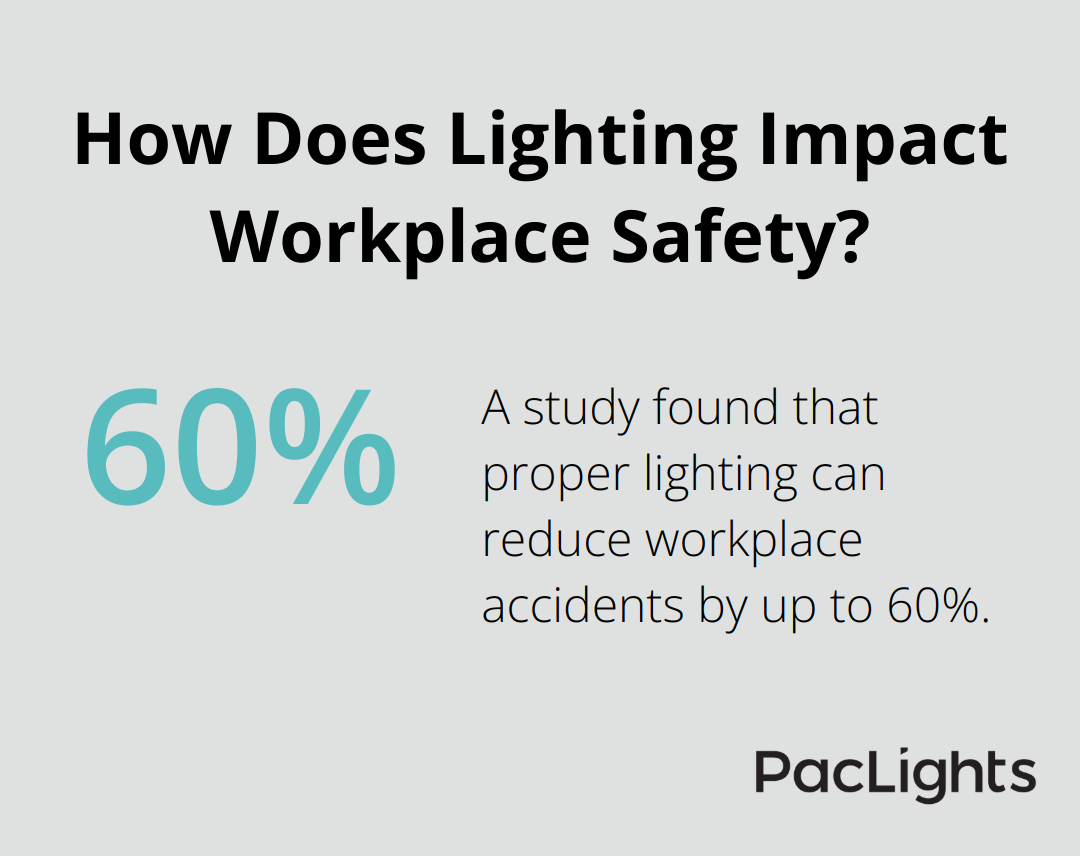
The next section will explore the factors to consider when choosing LED high bay lights for your specific factory setting, including lumen output, color temperature, and energy efficiency ratings.
How to Select the Right LED High Bay Lights
Lumen Output and Efficacy
Lumen output determines the total amount of light a fixture produces. Industrial spaces require fixtures that provide between 15,000 to 40,000 lumens (depending on ceiling height and space requirements). Efficacy, measured in lumens per watt (LPW), is equally important. Select LED high bays offering at least 130 LPW, with some premium models reaching up to 160 LPW. This ensures you get the most light for your energy investment.
Color Temperature and CRI
Color temperature affects the ambiance and functionality of your workspace. Most industrial applications benefit from cool white light (5000K-6500K) as it promotes alertness and mimics daylight. Some areas might require warmer tones (3000K-4000K) for a more comfortable environment. The Color Rendering Index (CRI) is another important factor. A CRI of 80 or above ensures accurate color representation, which is vital for quality control and safety in industrial settings.
Light Distribution
The beam angle of your LED high bays determines how light spreads across your space. Wide beam angles (120° or more) suit general lighting, while narrower beams work better for task-specific lighting. Consider your factory layout and the nature of work performed when selecting beam angles.
Durability and IP Rating
Durability is paramount in industrial environments. Select fixtures with an IP65 rating or higher, especially in dusty or humid conditions. This ensures your lights withstand harsh industrial conditions, reducing maintenance needs and extending their lifespan.
Energy Efficiency and ROI
LED high bay lights offer significant energy savings compared to traditional lighting solutions. The U.S. Department of Energy reports that LED lighting can reduce energy consumption by up to 75% compared to incandescent lighting. This translates to substantial cost savings over time. When evaluating different options, consider the total cost of ownership (including initial investment, energy savings, and maintenance costs). Many manufacturers offer free ROI assessments to help you understand the long-term financial benefits of your lighting investment.
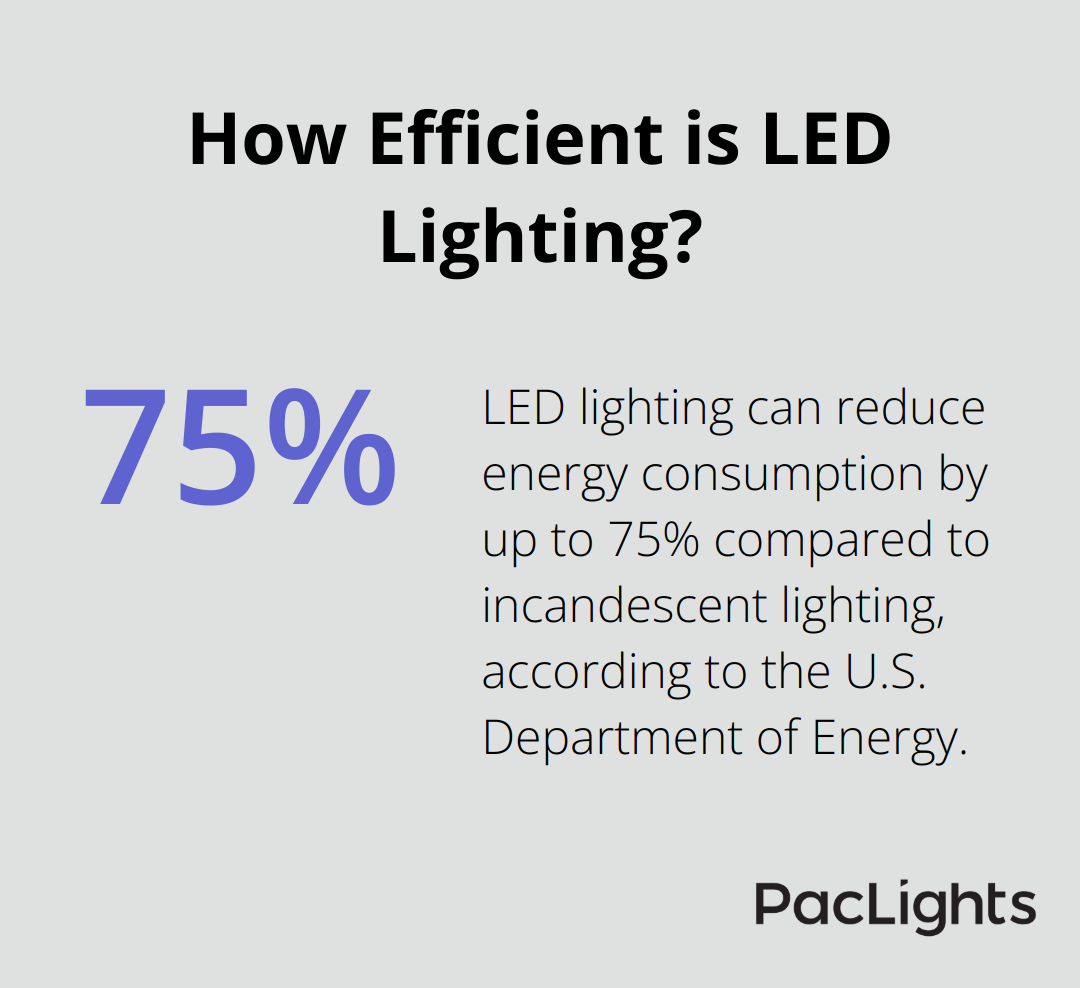
The selection of the right LED high bay lights involves careful consideration of these factors. The next section will explore specific LED high bay light options for different factory settings, helping you narrow down your choices based on your unique industrial environment.
LED High Bay Lights for Specific Factory Environments
Warehouse Lighting Solutions
Warehouses need uniform illumination across large areas with high ceilings. UFO (Ultra-Flat Optic) high bay lights excel in these spaces. These fixtures provide a wide beam angle for even light distribution. A color temperature of 4000K or 5000K works best for warehouses, as it resembles natural daylight and helps workers stay alert.
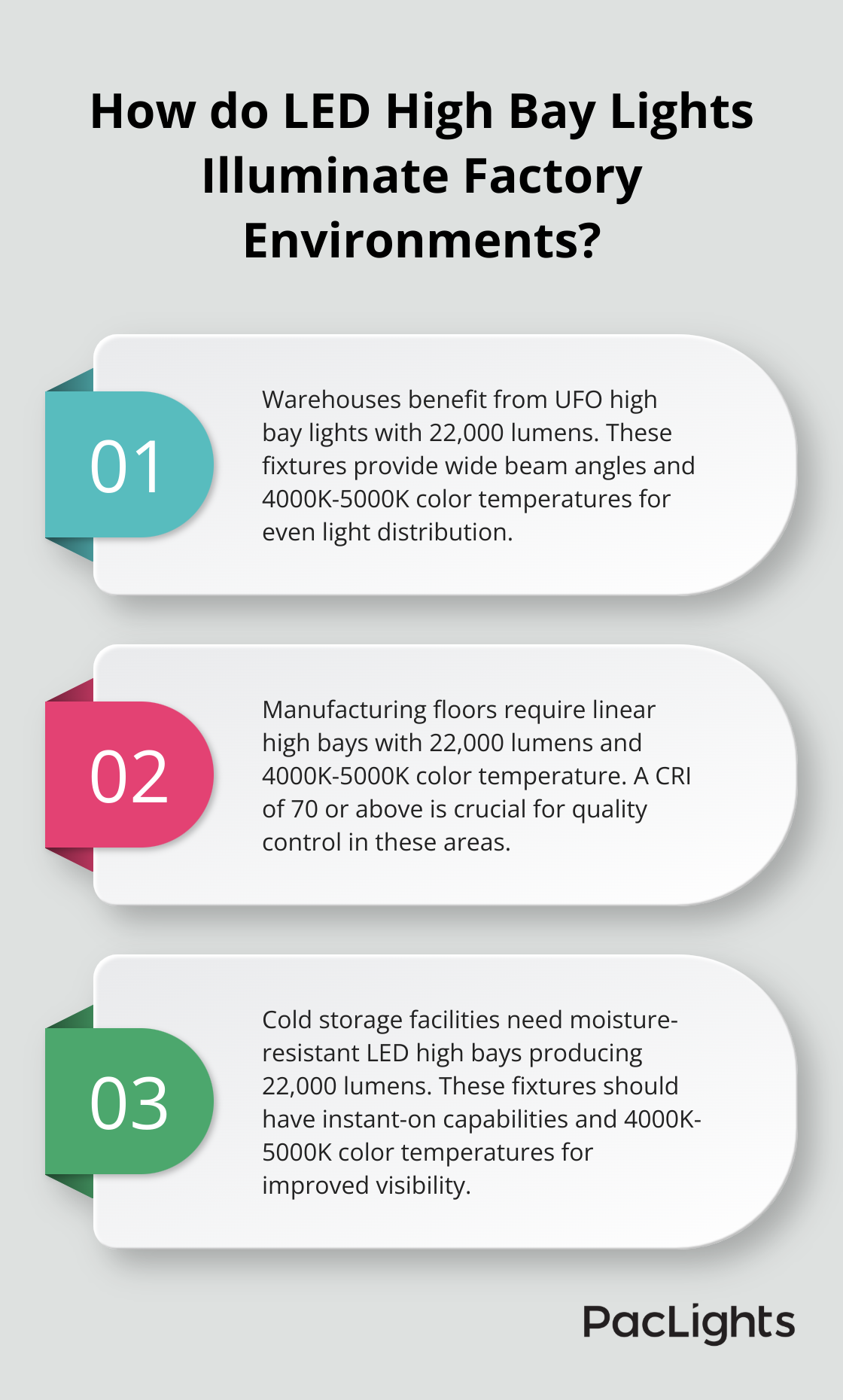
For warehouses with high ceilings, LED high bays should produce around 22,000 lumens. The exact number depends on the layout and tasks performed. Many warehouse operators report energy savings after switching to LED high bays.
Manufacturing Floor Illumination
Manufacturing floors often require higher light levels due to precision work. Linear high bay lights work best in these areas. They offer excellent uniformity and eliminate shadows on work surfaces.
A color temperature of 4000K to 5000K suits most manufacturing environments, balancing comfort and alertness. The Color Rendering Index (CRI) matters in manufacturing; choose fixtures with a CRI of 70 or above for color representation during quality control.
For manufacturing areas with high ceilings, fixtures should produce around 22,000 lumens. The exact requirements may vary depending on the specific tasks and layout of the space.
Cold Storage Facility Lighting
Cold storage facilities challenge lighting systems with low temperatures and high humidity. These environments need LED high bays with an appropriate rating to withstand moisture and condensation. Look for fixtures designed for cold environments, operating efficiently at low temperatures.
In cold storage areas, a color temperature of 4000K or 5000K improves visibility in dim environments. Fixtures with instant-on capabilities provide immediate full brightness in cold conditions, unlike traditional metal halide lamps that require warm-up time.
For cold storage facilities with high ceilings, LED high bays should produce around 22,000 lumens. The exact requirements may vary depending on the specific tasks and layout of the space.
Food Processing Plant Illumination
Food processing plants require lighting that meets strict hygiene standards while providing excellent visibility. LED high bays with an appropriate rating suit these environments, as they can withstand washdowns and resist dust and moisture ingress.
For food processing areas, a color temperature of 4000K or 5000K provides good color rendering for food inspection. A CRI of 70 or above ensures color assessment of food products.
Lumen requirements vary depending on specific tasks, but fixtures producing around 22,000 lumens suit high ceilings in food processing areas. The exact requirements may vary depending on the specific tasks and layout of the space.
When selecting LED high bay lights for these environments, consider energy efficiency, longevity, and ease of maintenance (in addition to immediate lighting needs). Many manufacturers offer customized lighting solutions tailored to specific industrial environments, ensuring optimal illumination for unique factory settings.
LED high bay factory lights play a pivotal role in industrial settings, impacting productivity, safety, and energy efficiency. Professional lighting design and consultation prove invaluable in selecting the right fixtures for specific needs. Experts assess factors like ceiling height, task requirements, and environmental conditions to provide tailored solutions that maximize illumination and minimize energy consumption.
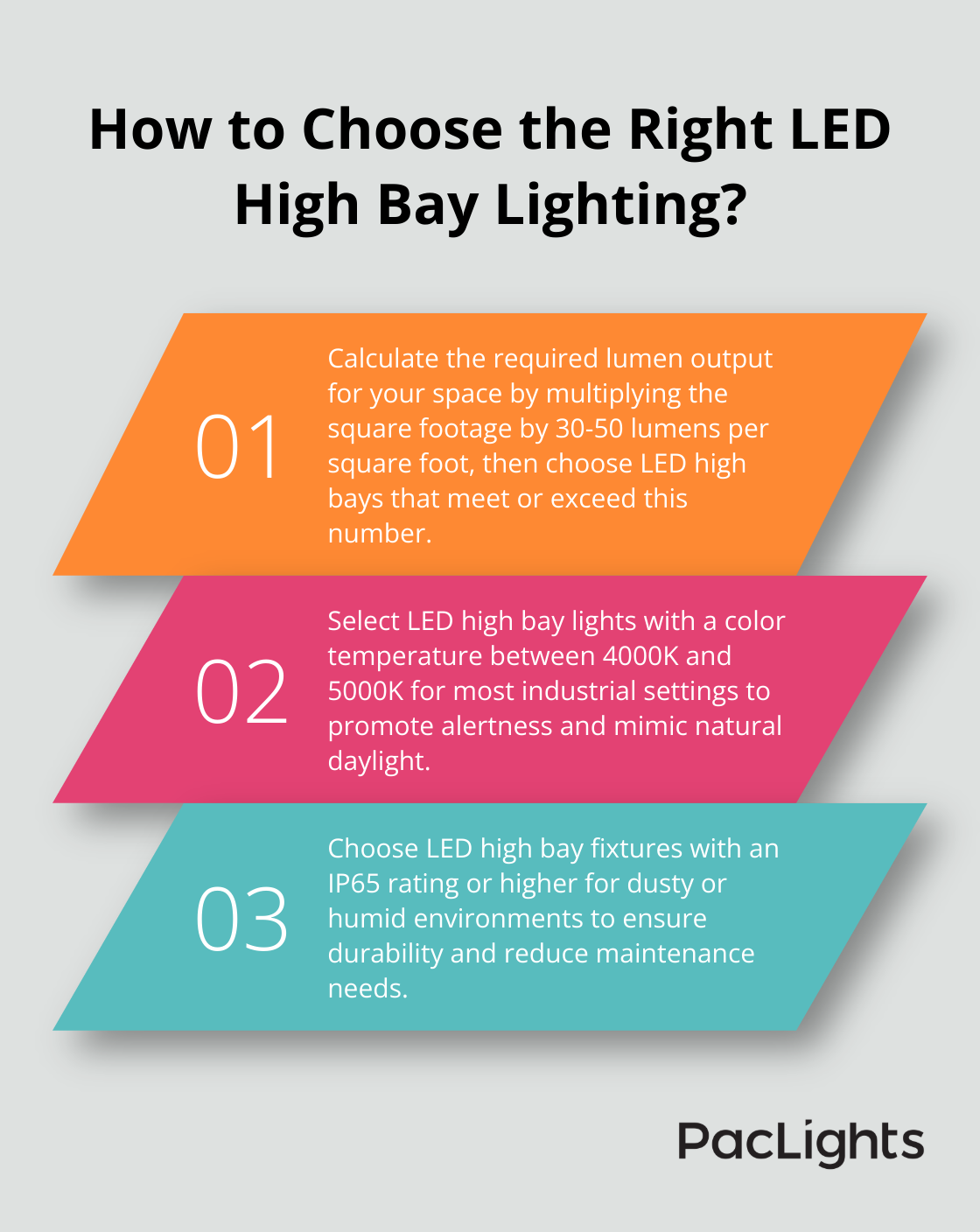
Quality LED high bay lighting offers substantial long-term benefits, including significant cost savings and reduced maintenance needs. The superior light quality enhances workplace safety and productivity, creating a more comfortable and effective work environment. LED technology also contributes to operational efficiency by reducing energy consumption and replacement frequency.
PacLights understands the complexities of industrial lighting and offers energy-efficient solutions that reduce costs and carbon footprints. We provide free lighting layout designs and ROI assessments to help you make informed decisions about your lighting investment. The right lighting solution is an investment in your facility’s future, promising improved operations and a brighter work environment for years to come.


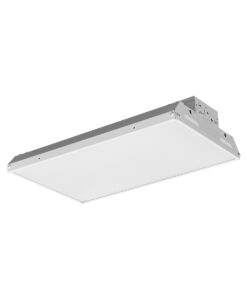
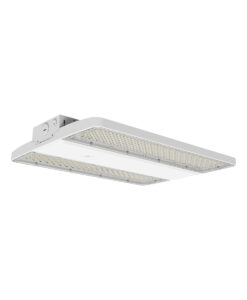
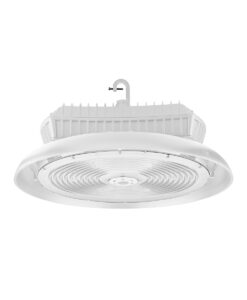
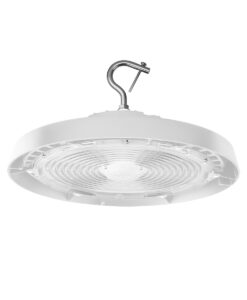
Disclaimer: PacLights is not responsible for any actions taken based on the suggestions and information provided in this article, and readers should consult local building and electrical codes for proper guidance.